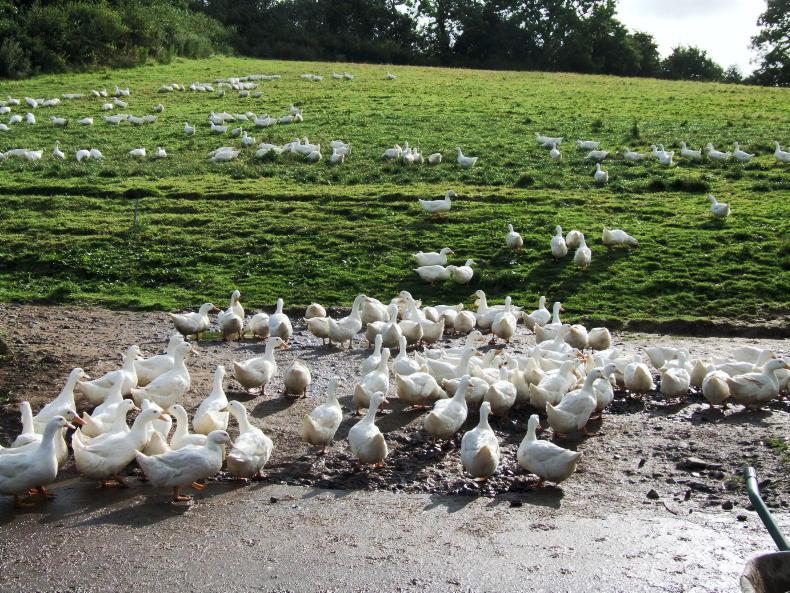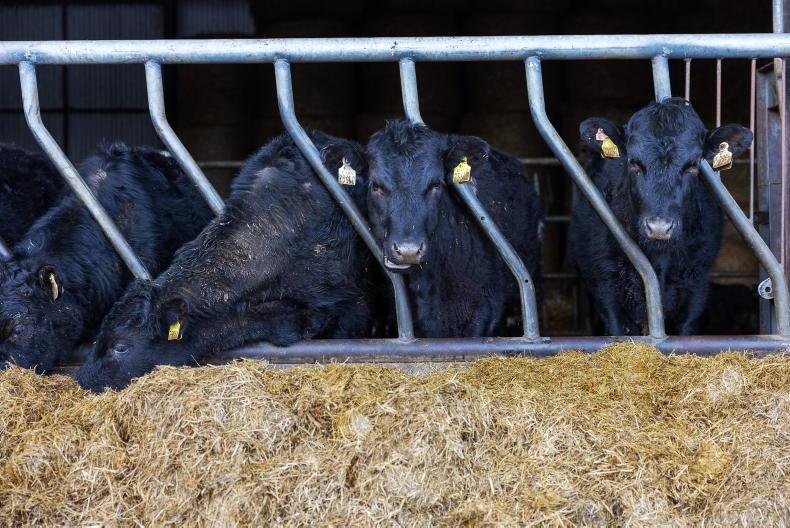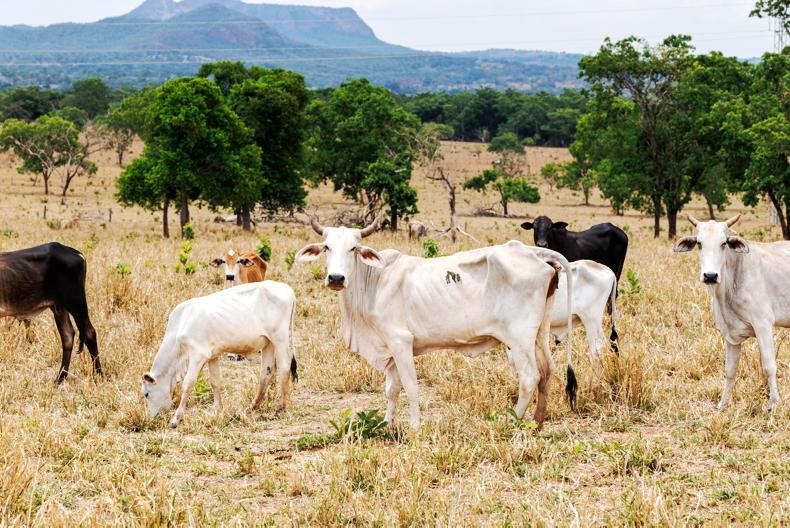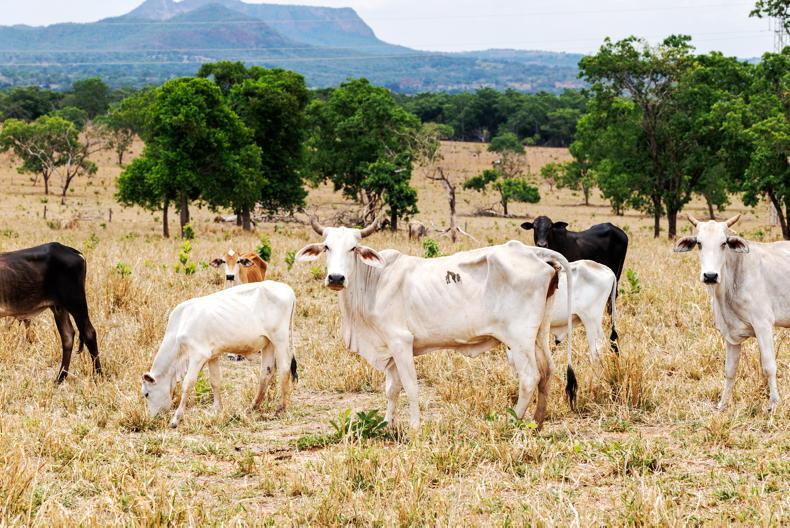Irish farmers face the challenge of reducing on-farm antibiotic usage over the next number of years. Farmers have an important role and responsibility to reduce the risk of antibiotic resistance developing. Antibiotic resistance is a risk to the animals on your farm but we also know that people are staying longer in hospital and that doctors are struggling to find effective antibiotics against bacteria. It is a real challenge for human health but also affects our animals and our shared environment, so it is a One Health issue.
There is new legislation coming in January 2022 which aims to address the overuse or unnecessary usage of antibiotics. Protecting human health and our environment are key drivers behind the new legislation. The message is that prevention is better than cure and so working to optimise animal health makes sense for everyone. The first and most important step is to start working with your own vet.
In Ireland, vets prescribe antibiotics to farming clients but also do much more around animal health management. While antibiotics will always be a fundamental part of treating sick animals, we must look at ways to reduce our usage.
One simple tip is to review your usage for the last three years. Look at the areas in which most treatments occur. Then focus on ways of tackling these issues.
Every farmer should review how well treatments are working with their vet.
You will always get better results if you consult your vet and work together to prevent disease. Disease prevention means better profitability as you are not spending money on expensive medication but more importantly the animals thrive better. An animal that has had a bout of pneumonia takes longer to finish as there will always be some residual lung damage which affects growth.
You should always make sure sick animals are seen to quickly to allow more successful treatment outcomes and also always complete the antibiotic courses correctly by following your prescription..
Working with your vet to identify areas in which you can reduce usage really makes a difference. This can be done by reviewing usage and see if patterns are developing. For instance, if you’re using a lot of medicines to treat lame sheep, then a flock lameness plan makes sense.
Dairy farms can improve hygiene and metabolic disease around calving to really affect diseases such as mastitis and metritis. Also, more fluid treatment and the use of anti-inflammatory medications can help ensure a quicker recovery..
Take some samples (diagnostics) to make better on-farm decisions. Calf scour sampling can determine what bugs might be causing the problem. Most calf scours will need supportive treatments, and often will not require antibiotics. So you are wasting your money as well as possibly destroying the good gut bacteria that the calf needs for optimal growth.
Your vet can work with you to make better vaccination choices that reduce the need for treatments and reduce sickness. Vaccination can be costly but the costs of treating disease and failure to thrive are far greater. Treatment plans can be drawn up and reviewed regularly. Most importantly, your vet can be that critical set of eyes that reviews disease risks on your farm at quiet times of year such as before lambing and calving.
Working with your vet, you can make smart decisions about improving animal health, reducing antibiotic usage and being more profitable.










SHARING OPTIONS